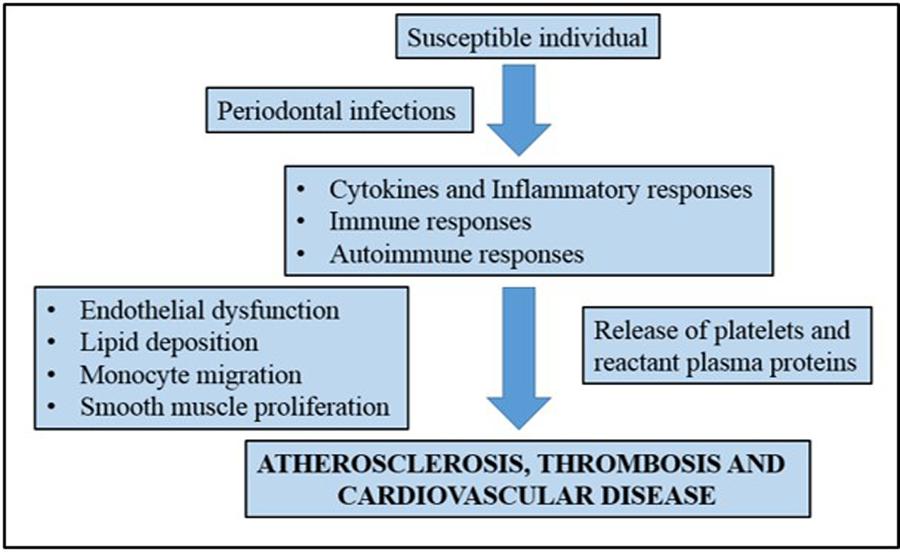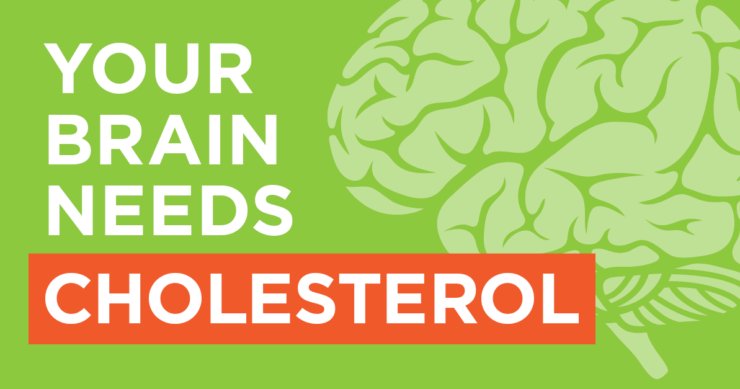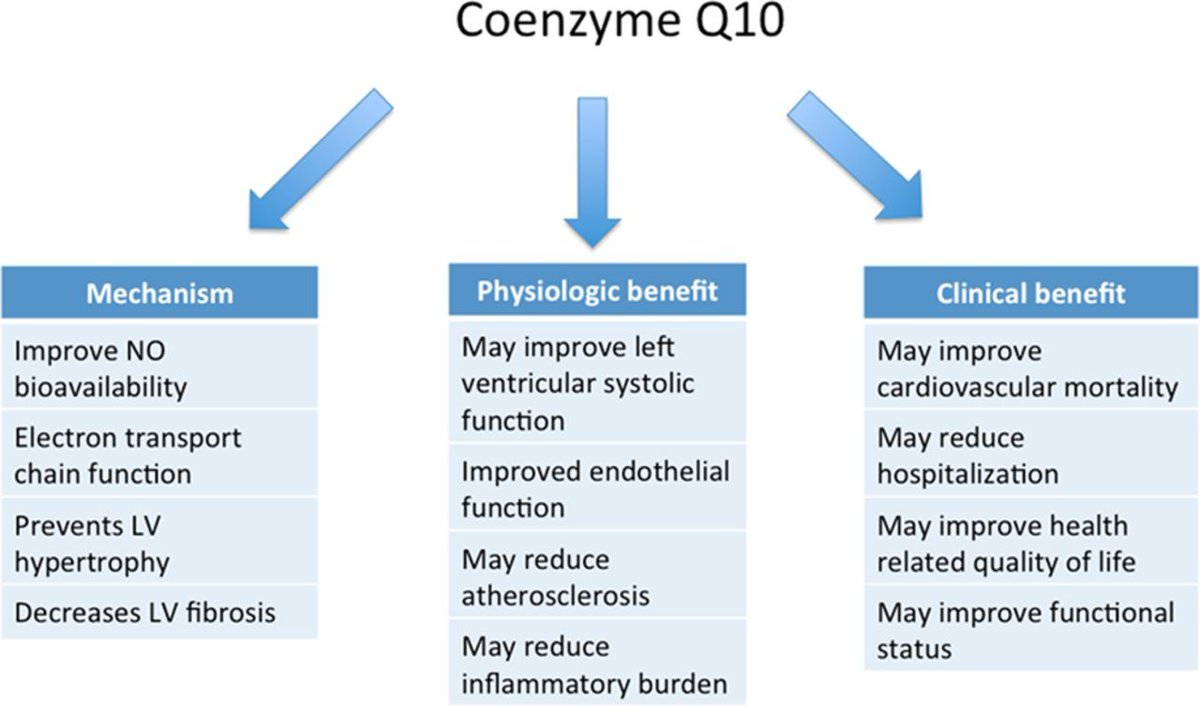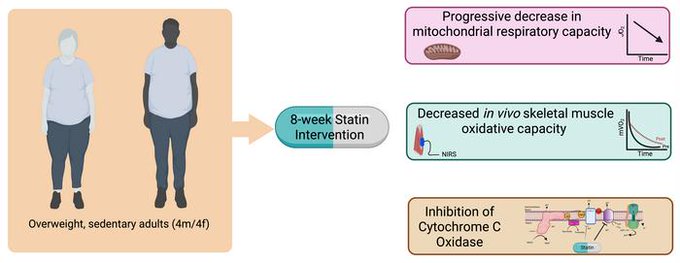
The TRUTH about Statins, formerly @holmanm
Info is provided for educational purposes only & should not be considered as medical advice. (NO DM's please)
21 subscribers
How to get URL link on X (Twitter) App


https://twitter.com/nicknorwitz/status/19729862427246678232/5 In 2011, I opened @holmanm to raise awareness




https://twitter.com/msdkfjhsfd8/status/19698672764856362542/4 if they had used Serrapeptase, instead of Statins, and dodged the Covid vaccine. Serrapeptase is a natural proteolytic enzyme that acts like a 'pac man' on arterial plaque. There is good evidence that Serrapeptase reduces arterial calcification and inflammation /3

https://twitter.com/AlexJLeaf/status/19544108389511209242/5 evidence like apoptosis or metabolic effects. The conclusion, that statins’ calcification is clearly beneficial, lacks robust support & misrepresents cardiovascular disease complexity. A stronger study would directly test the calcification hypothesis and address /3